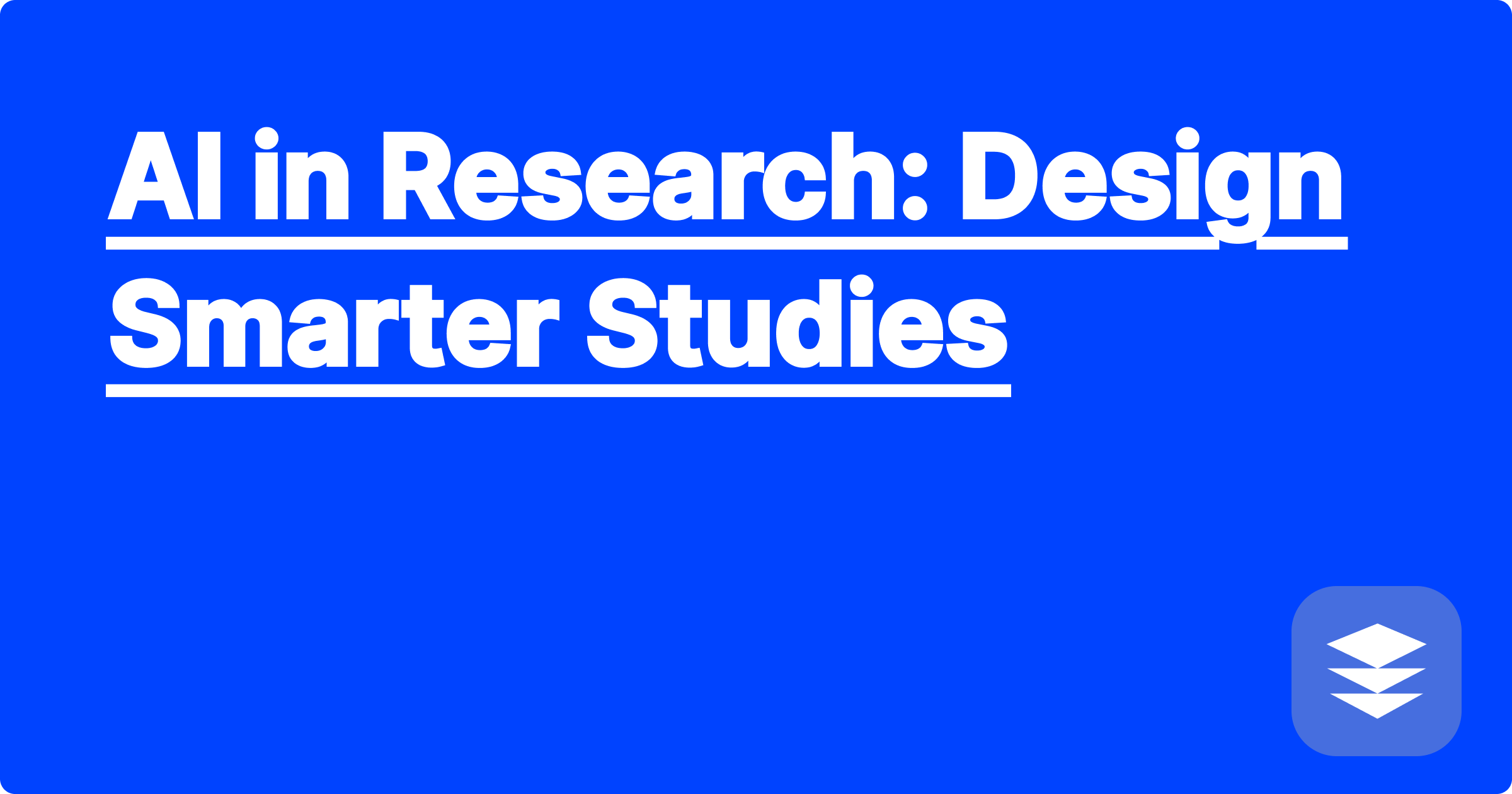
The ever-increasing complexity of STEM research presents a significant challenge for students and researchers alike. Designing effective studies, analyzing massive datasets, and optimizing experiments can be daunting tasks, often requiring extensive time and resources. Artificial intelligence (AI) offers a transformative solution, providing powerful tools to streamline the entire research process, from initial design to final analysis. By leveraging AI, STEM students and researchers can design smarter studies, accelerate discoveries, and ultimately achieve more impactful results. This blog post explores how AI, specifically focusing on Generative Pre-trained AI (GPAI), can revolutionize research design and optimization, particularly in areas like Design of Experiments (DOE) and simulation optimization.
This shift towards AI-powered research is not just a trend; it's a fundamental change in how scientific advancements are made. For STEM students, mastering these AI tools is no longer optional but essential for staying competitive and producing cutting-edge research. Understanding how to integrate AI into your workflow can significantly enhance your research efficiency, allowing you to focus on the core scientific questions and achieve breakthroughs faster. This post aims to provide a practical, step-by-step guide to incorporating AI into your research design process, offering valuable insights and real-world examples to empower you in your academic journey.
Traditional research design often involves a trial-and-error approach, which can be time-consuming and resource-intensive. Optimizing complex experiments with multiple variables can be particularly challenging. Manually designing experiments, analyzing data, and iterating on designs can lead to suboptimal results and prolonged research timelines. Furthermore, traditional statistical methods may not be sufficient to handle the complexity and scale of modern datasets, especially in fields like genomics, materials science, and climate modeling. These challenges highlight the need for more efficient and intelligent tools to enhance research design and analysis.
AI provides a powerful suite of tools to address these challenges. GPAI models, such as large language models (LLMs) like ChatGPT and sophisticated computational engines like Wolfram Alpha, can be leveraged to optimize the entire research process. For example, LLMs can assist in literature reviews, hypothesis generation, and even drafting research proposals. In the context of DOE, AI algorithms can help determine the optimal experimental parameters, minimizing the number of experiments required while maximizing information gain. Similarly, in simulation optimization, AI can explore vast parameter spaces and identify optimal designs much faster than traditional methods. By automating tedious tasks and providing intelligent insights, AI empowers researchers to focus on the core scientific questions and accelerate the pace of discovery.
The process of integrating AI into your research design typically begins with clearly defining your research question and objectives. Next, you need to identify the key variables and parameters relevant to your study. This is where AI tools can begin to assist. LLMs can help you explore existing literature and identify potential confounding factors. Once the variables are defined, you can use AI-powered DOE software to generate an optimal experimental design. These tools often employ algorithms like genetic algorithms or Bayesian optimization to determine the most efficient combination of experimental settings. After conducting the experiments, AI can be used for data analysis and visualization, uncovering hidden patterns and relationships within the data. Finally, AI-powered simulation platforms can be used to validate experimental findings and further optimize designs.
Consider a student researching the optimal conditions for growing a particular type of algae for biofuel production. Factors like light intensity, temperature, and nutrient concentration all play a role. Using an AI-powered DOE tool, the student can input these variables and the desired output (algae growth). The AI algorithm then generates an experimental design that efficiently explores the parameter space. Another example involves a researcher designing a new type of battery. AI-powered simulation platforms can be used to model the battery's performance under different conditions, optimizing parameters like material composition and electrode geometry. GPAI tools can also analyze the simulation results, identifying key factors influencing battery performance and suggesting further design improvements. A third example might involve a researcher using an LLM like ChatGPT to refine their research question by querying relevant literature and summarizing existing findings. This can save significant time and ensure the research question is well-defined and addresses a gap in the existing knowledge.
Effectively integrating AI into your research requires a strategic approach. Start by familiarizing yourself with the different AI tools available and their specific capabilities. Experiment with different platforms and choose the ones that best suit your research needs. It's crucial to understand the limitations of AI tools and to critically evaluate their outputs. Always validate AI-generated results with existing knowledge and experimental data. Furthermore, clearly document the use of AI in your research methodology, ensuring transparency and reproducibility. Finally, actively engage with the AI research community, sharing your experiences and learning from others.
Conclude by emphasizing the transformative potential of AI in research. AI is not just a tool but a partner in the scientific discovery process. By embracing AI and integrating it into their workflows, STEM students and researchers can unlock new levels of efficiency and innovation, paving the way for groundbreaking discoveries across diverse fields. Explore the available resources, experiment with different platforms, and discover how AI can empower you to design smarter studies and achieve impactful research outcomes. Some helpful tools to start with include Design Expert, JMP, and Wolfram Alpha. Don't hesitate to delve deeper into the world of AI-powered research and unlock its potential to transform your academic journey.
AI for STEM Exams: Ace Your Tests!
AI-Powered Lab Data: Analyze Faster!
STEM Research: AI Study Boost!
AI-Powered DOE: Optimize Your Experiments
AI Simulation: Faster, Better Results
AI in Research: Design Smarter Studies
Ace STEM Exams: AI-Powered Prep
Mastering STEM: AI Study Guide